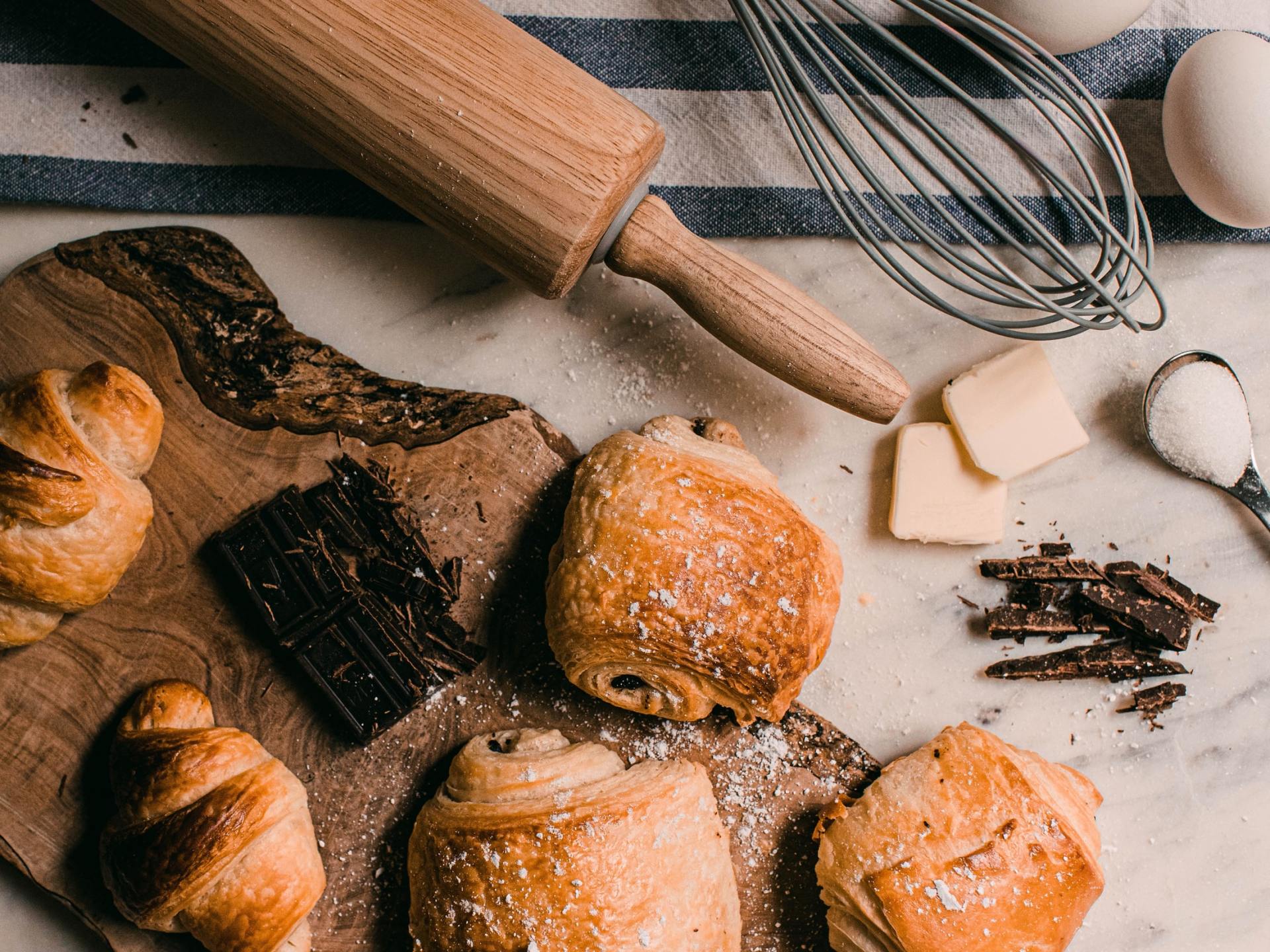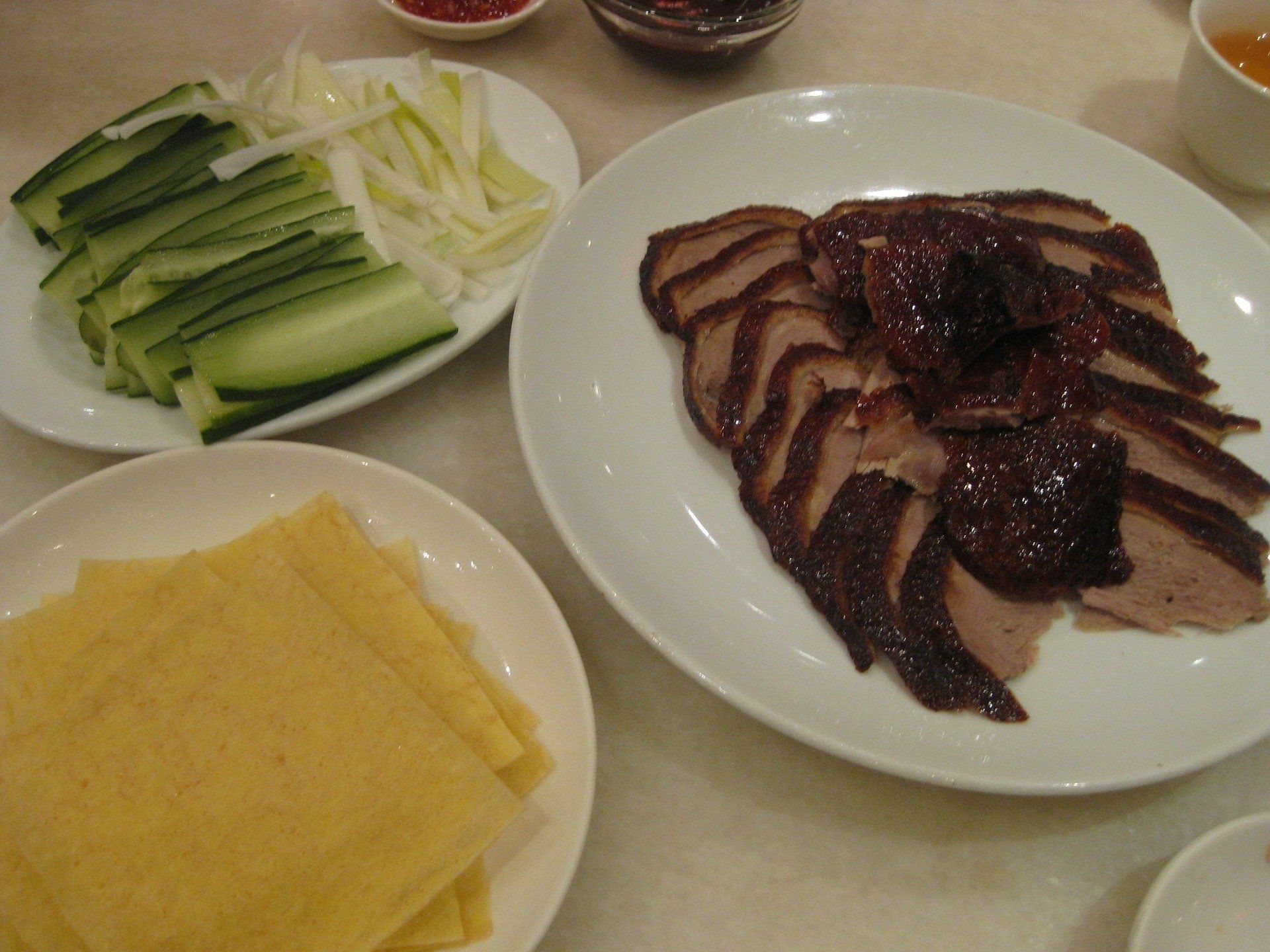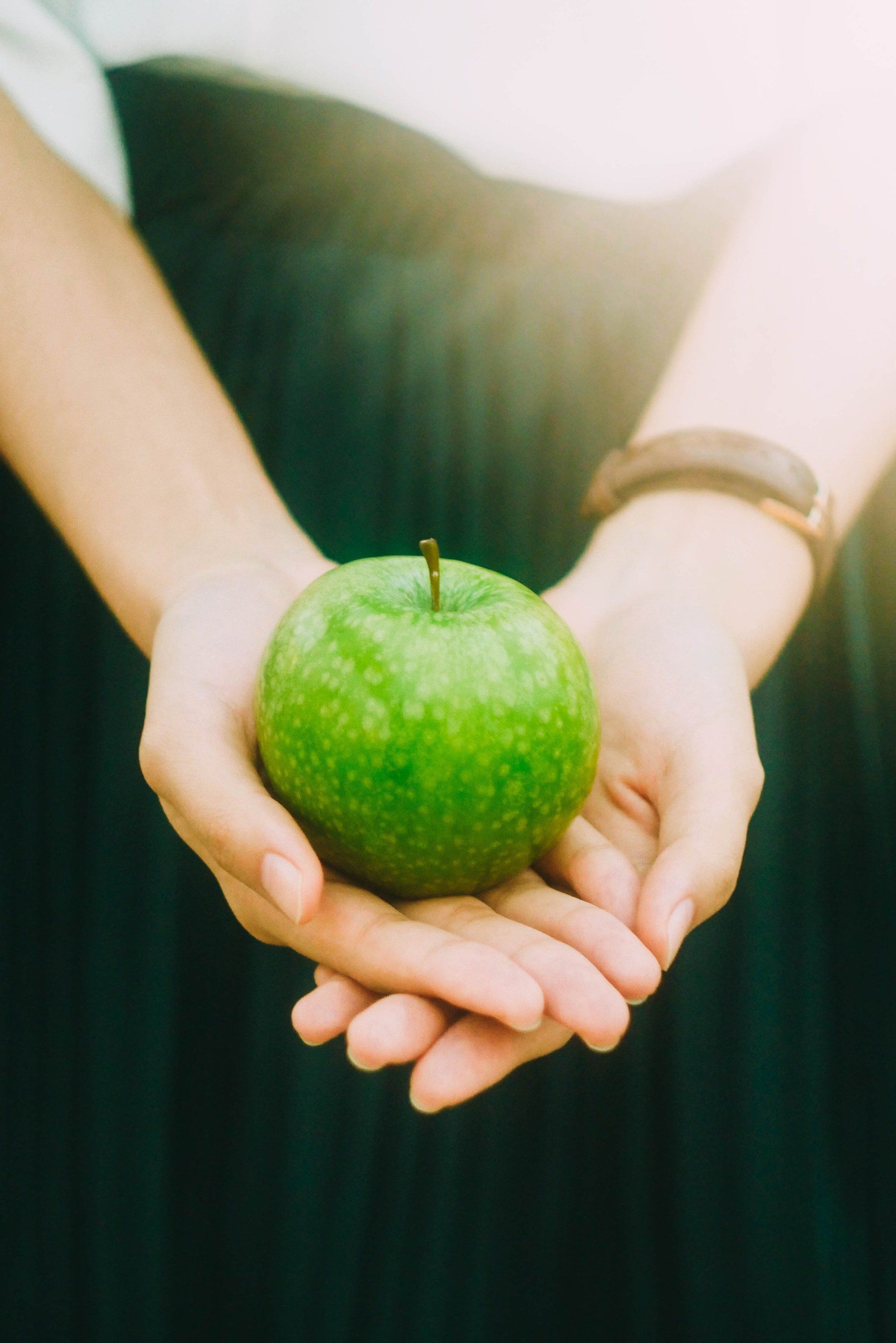Not likely. All sensory receptors get desensitised if they are repeatedly stimulated. If the food tastes really good, it might take a bit longer for receptors to get desensitised. If the food doesn’t taste that appealing, the sensory specific satiety might develop earlier. Yes, you won’t be able to eat chocolate and croissants forever. That’s why when your nutritionist is telling you to allow yourself to eat any foods and stop following restrictive diets, they are onto something.
Why Is There Always Room for Dessert?
What is sensory specific satiety?
Why is it happening?
Some think it’s because the need for calories is going down. When we are eating the same kind of food, we keep on gaining the same kind of nutrients, and as we no longer need these nutrients for the energy and body functioning, we don’t enjoy them that much. Others say it’s due to the amount of sensory stimulation. The repeated stimulation might lead to desensitisation. That’s why, for example, if we are eating something sweet, and are given a new sweet food, we might not enjoy it that much. It’s all because both foods stimulate our sensors in the same way (this would be even more true for foods with similar textures). Repeated stimulation results in sensory specific satiety. At the same time, if we are eating something sweet, and are given something salty, we might enjoy a new food as if we are hungry.
Are any foods exempt?
What does it mean when putting a meal on your plate?
When you are cooking a meal, you want to include a variety of flavours, textures, shapes, colours. Greater variety should lead to a greater satisfaction, and might enhance the perception of quality and pleasantness of an overall meal. On a physiological level, our sensory organs are stimulated more. On an instinctive level, different tastes and textures represent different nutrients, and trying to get different nutrients is a very important survival strategy.
Is it why Peking duck is so irresistible?
Does it mean I’m going to eat more?
When we are putting a meal following sensory specific satiety principles, we might end up with something very delicious. And if something is very tasty, we might want seconds. That’s why many nutritionists might recommend going for bland meals if you think your portions are too big. On the other hand, if you are worried about the amount of snacks and desserts you are eating, you might try and stimulate more sensors with your main meals, as it might help you to tame cravings for snacks and desserts.
A practical task
Are you ready to experiment yourself? Here is a practical task from ‘The science of Gastronomy’ course by the Hong-Kong university of science and technology. This practical task will help you to see why sometimes you don’t want to eat a certain food and sometimes you want to eat more.
You will need to make 4 meals with 10 pieces of food each. You will need to eat a first piece, wait a minute, eat the second piece, wait a minute, and do the same until you eat the last piece. For every piece of food, once you’ve eaten it, you want to give it a ranking from 1 to 10 how pleasant it was (10 being the most pleasant, 1 being the least pleasant).
So you will need: a chocolate bar, a bag of wine gums, a bag of crackers, a notepad and a pen or your phone to take rankings.
Meal 1: 9 pieces of wine gums + 1 small piece of chocolate (you will start with wine gums, and once you have all 9, you will have a piece of chocolate).
Meal 2: 9 small crackers + 1 small piece of chocolate (again, you eat crackers first, then chocolate).
Meal 3: 4 wine gums + 5 crackers + 1 piece of chocolate (start with wine gums, then move onto crackers, and finish with chocolate).
Meal 4: 10 pieces of chocolate.






